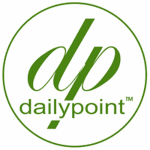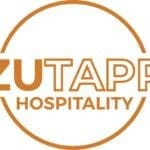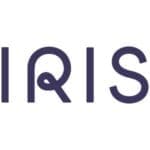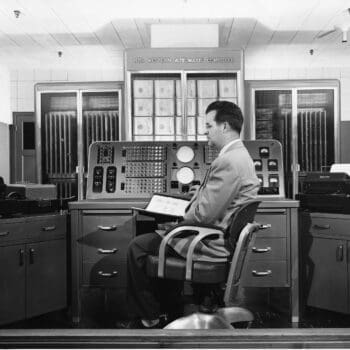 The roots of the Property Management System (PMS) stretch all the way back to 1947, when Westin introduced the very first reservation system, Hoteltype. In 1958, this was followed by Sheraton’s Reservation: the first automated booking system, inspired by developments in the airline industry.
The roots of the Property Management System (PMS) stretch all the way back to 1947, when Westin introduced the very first reservation system, Hoteltype. In 1958, this was followed by Sheraton’s Reservation: the first automated booking system, inspired by developments in the airline industry.
Jump forward a couple of decades to the late 1970s and the computerized Property Management System (PMS) made its long-awaited debut. For many (but by no means all) hotels, relying on pen and paper or basic spreadsheet software to manage bookings soon became a thing of the past.
Before long, hotels were regarding the PMS as the ‘holy grail’ of the IT stack. The new systems, which were naturally offline and on-premise only at this stage, revolutionized how hotels managed their room inventory and other internal processes, as well as how their staff used technology in their daily roles. The PMS was fabulous! The center of the hotel’s universe! And, at this time, it began to be widely used to manage guest profiles as well as properties.
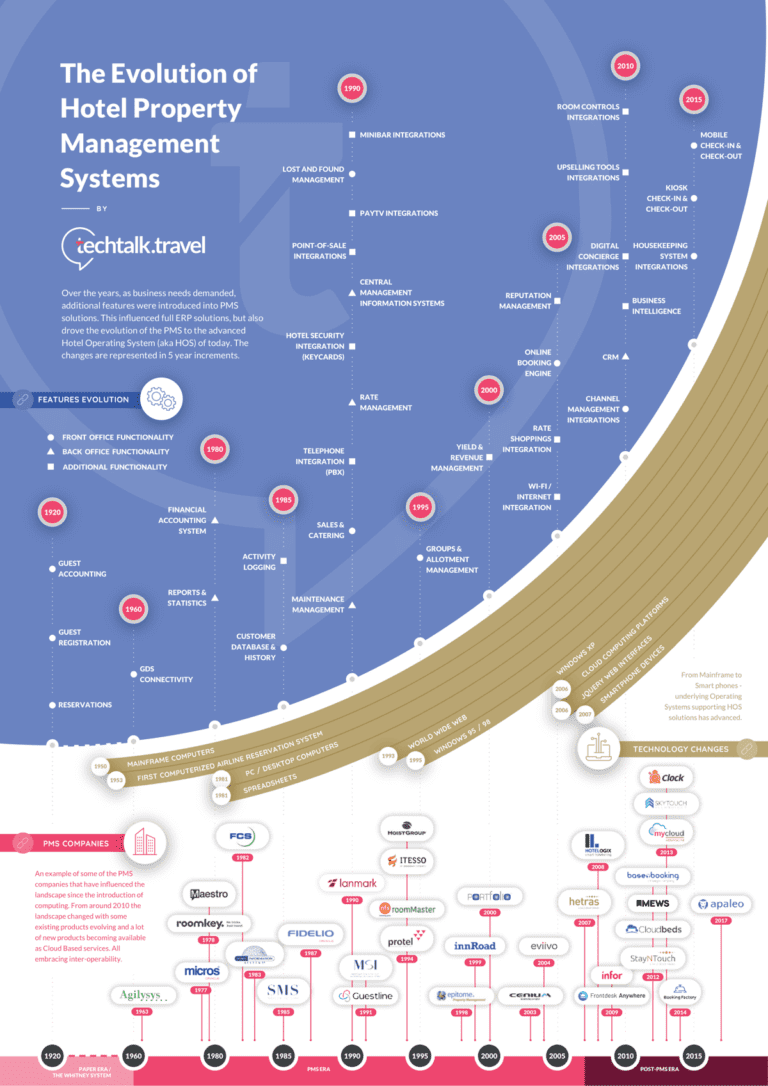
As time and technology advanced, a raft of new solutions joined the hotel tech mix, from the CRM to the CRS, the RMS to the IBE – and many, many more. And every new IT system that was introduced to the marketplace and snapped up by tech-hungry (but not always tech-savvy) hotels, was connected to the PMS: the beating heart of the ‘modern’ IT stack.
All too often, this scenario ended up creating a big mess consisting of disconnected offline, cloud-based, and hybrid applications. Versions of guest data existed in multiple isolated silos, with no way of centralizing and standardizing profiles, never mind keeping data accurate and up to date in real-time, and compliant with increasingly tight privacy regulations.
As more and more systems were connected to it over time, the PMS was left sitting in the middle of what is often described as a ‘spaghetti-like’ or even a ‘Frankenstein’ IT stack. Tracking guest data such as names, addresses, and contact details had become commonplace from the 1980s – a decade after the PMS first appeared – with CRM systems becoming more popular. But the PMS software available at that time simply couldn’t cope.”
These problems only got worse. By the 2000s, with the rapid increase in online bookings and the integration of channel managers, the PMS had lost its already limited ability to manage guest profiles effectively. Even as cloud-based tech started to replace the old on-premise platforms, the PMS lacked the ability to properly integrate external systems to the IT stack.
Combined with poor or nonexistent data collection and management processes, it is not surprising that hotels lost control of their guest data – and the Online Travel Agents (OTAs), which came on the scene in the mid-1990s, were only too eager to take advantage. As hotels watched their grip on guest data quality slide away, Expedia, Opodo, booking.com, and the other OTAs were getting better and better at leveraging guest data to their advantage.
Despite this, the 2019 Lodging Technology Study found that, at a time when competition from the OTAs was at its pre-Covid heights as shown below, PMS software was still receiving the highest budget allocation by far amongst the 17,980 hotels surveyed!

It is truly amazing that now, over four decades since the introduction of the early PMS systems, many hotels are only now rethinking their IT strategies for the first time. And it is not solely because of legal requirements or other pressures such as post-Covid guest demands for mobile and contactless technology. After years of complex, lengthy and expensive upgrades, PMS vendors worldwide are finally calling time on offline and hybrid solutions, which will no longer be supported.
At long last – and 13 years after the tech became available – the only PMS systems on the market will be 100% cloud-based. For hoteliers still using legacy systems, many of which are little more than Excel spreadsheets, migration to an online PMS could feel like a daunting task.
Even if a hotel stays with the same PMS provider, the move is not that easy and can cause a lot of headaches. A seamless transfer of data may be expected, but the opposite is often the reality. Hoteliers risk losing the complete stay history for their guests, with only a fraction of historic data being transferred to the new cloud-based profiles.
Future reservations might not be migrated either, causing havoc at the front desk if the data is not re-entered manually. This necessitates hundreds of hours of frustrating work, laced with the chance of human error. Worse still, if the data in the original PMS was of poor quality and/or non-compliant with data privacy laws and does migrate successfully to the new solution, these issues will only be perpetuated, not resolved.
Yet, if the transfer is managed correctly and hotel owners make the right decisions, there is a golden opportunity here to futureproof the business and compete successfully against the OTAs. The answer lies not in looking to simply replace the legacy PMS with an online system and carry on as before, but in reviewing, questioning and rethinking the entire IT stack to define a new strategy: one that puts the guest, not the property, at the center of everything.
After all, if we look at the hotels (and later OTAs) that have enjoyed the most success over the last 40 years, these are ones that have developed and leveraged the highest quality guest insights – offering unique, personalized experiences that keep people coming back time and again. So, it makes sense that in the next 40 years, all hotels should adopt the same strategy of putting the guest at the heart of the business, including the tech stack.
That can only mean one thing: the creation and maintenance of a single, clean profile for each guest and making this the key element of a bullet-proof IT strategy. But how can this elusive ‘Golden Record’ be achieved?
The first lesson to learn is that the solution does NOT lie in any one platform, whether that is the PMS, CRM, CRS or anything else. Each system is an important part of the jigsaw puzzle that makes up the tech stack but that is as far as it goes. What forward-thinking hotels actually need is a combination of three platforms, working in harmony with high quality connectivity driven by open-API technology.
As noted, the single guest profile must sit at the heart of the IT stack.
So, the first platform to adopt is a Central Data Management (CDM) solution. This could also be called a real CRM, where the M stands firmly for Management, not Marketing. The CDM must be supported by a built-in Data Quality Management (DQM) solution. The CDM and DQM work together as a single entity to bring data from multiple sources together in real-time, cleanse it, create central profiles and, ultimately, turn it into deep guest insights which can be used to offer individualized communications and services.
Next, we have the Central Reservation System (CRS), or perhaps the Channel Manager or Internet Booking Engine (IBE).
It is imperative that this second platform connects seamlessly with the CDM to prevent multiple guest profiles being created, which would cause data privacy issues as well as precluding the perfect booking experience. (Without drawing accurate data in real-time from the CDM, how can any of these systems provide personalized, relevant offers that will appeal to the individual guest? Just think about it and you will surely agree.)
The third system is the PMS. But it must be used for the purpose for which it was originally developed: property management (the clue is in the name: PROPERTY Management System, not GUEST Management system!)
That means tasks such as managing inventory, housekeeping, and the guest check-in and check-out processes – not controlling guest profiles. However, it is of course essential for the PMS to be connected to the CDM in real-time, so that data can be transferred between the platforms, creating traces and alerts, and enabling staff to provide an excellent customer experience.
As technology continues to evolve, with the use of AI, automation and machine learning ingrained in our everyday lives, will the future be more complex, or will it get easier? My view is that it is getting both easier and more complex at the same time. For hotels, there is a critical need to become more tech-savvy if they are to make smart decisions and thrive in a difficult and, right now, turbulent environment.
How? Simply ask yourself these questions whenever you are thinking about investing in new software: What will I save in terms of money and resources? How much profit must I make, or how much high-quality information must I gain, to justify this investment? And, critically: How will the new platform fit into my new, guest-centric IT strategy? Will it help or will it hinder?
The final piece of advice is that all tech changes must be led from the top, as respinning the IT stack to become guest-centric isn’t just an IT project. It is a change management project that affects almost all departments within the hotel. It is therefore a topic that CEOs must take notice of, as the likelihood of success rests heavily on the reconfigured IT strategy being supported and driven by the leadership team.



